Andymath.com features free videos, notes, and practice problems with answers! Printable pages make math easy. Are you ready to be a mathmagician?
Notes
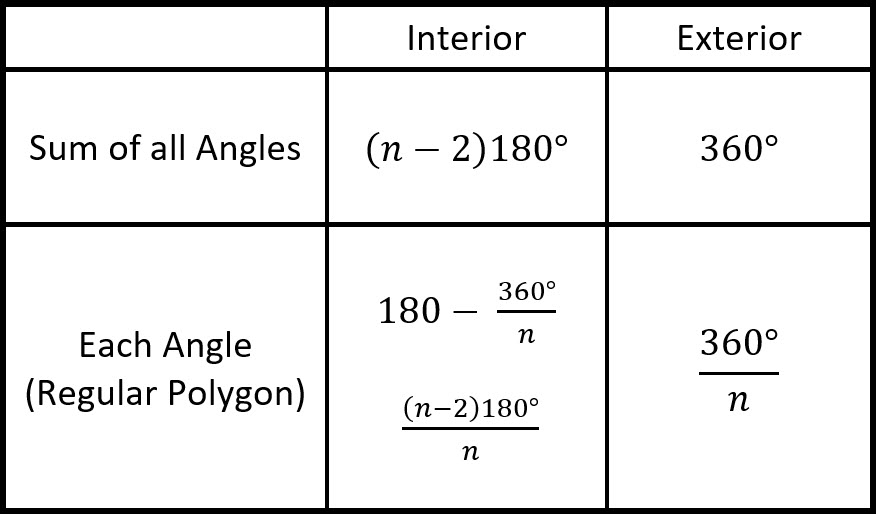
| \(\underline{\text{Sides}}\) | \(\underline{\text{Name}}\) | \(\underline{\text{Example}}\) |
|---|---|---|
Practice Problems
\(\textbf{1)}\) What is the sum of the interior angles of a pentagon?
\(\textbf{2)}\) What is the sum of the interior angles of a hexagon?
\(\textbf{3)}\) What is the sum of the interior angles of an octagon?
\(\textbf{4)}\) What is the sum of the exterior angles of a pentagon?
\(\textbf{5)}\) What is the sum of the exterior angles of a hexagon?
\(\textbf{6)}\) What is the sum of the exterior angles of a octagon?
\(\textbf{7)}\) How many degrees is each interior angle of a regular pentagon?
\(\textbf{8)}\) How many degrees is each interior angle of a regular hexagon?
\(\textbf{9)}\) How many degrees is each interior angle of a regular octagon?
\(\textbf{10)}\) If a regular polygon has an exterior angle equal to \(20^{\circ}\), how many sides does the polygon have?
\(\textbf{11)}\) A regular polygon has interior angles equal to \(120^{\circ}\), name the polygon.
\(\textbf{12)}\) Solve for x.
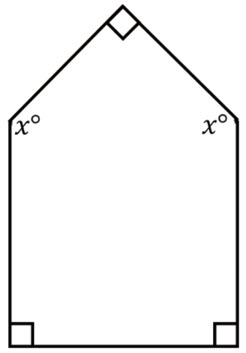
True or False
\(\textbf{13)}\) The sum of the exterior angles of a triangle is the same as a square.
\(\textbf{14)}\) The sum of the interior angles and the sum of the exterior angles of a quadrilateral are always the same.
See Related Pages\(\)
\(\bullet\text{ Geometry Homepage}\)
\(\,\,\,\,\,\,\,\,\text{All the Best Topics…}\)
\(\bullet\text{ Intro to Polygons}\)
\(\,\,\,\,\,\,\,\,\)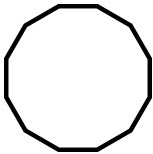
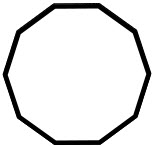
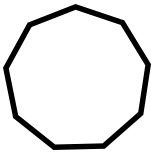
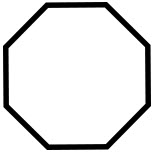
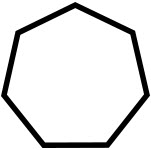
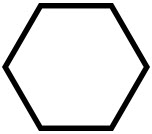
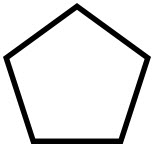

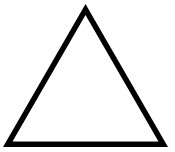 \(…\)
\(…\)
\(\bullet\text{ Area of a Regular Polygon (Apothem)}\)
\(\,\,\,\,\,\,\,\,\text{Area}=\frac{1}{2}\text{(Apothem)(Perimeter)}\)…
\(\bullet\text{ Population Density}\)
\(\,\,\,\,\,\,\,\,\text{Population Density}=\displaystyle\frac{\text{Number of People}}{\text{Area}}\)…
\(\bullet\text{ Andymath Homepage}\)
In Summary
An angle of a polygon is the measure of the angle formed by two sides of the polygon at a vertex. Angles of polygons are an important concept in geometry, as they help us understand the properties and characteristics of different shapes.
We learn about angles of polygons because they are a fundamental part of geometry, and understanding them helps us analyze and understand the properties of different shapes. In addition, angles of polygons are used in a variety of real-world applications, such as in architecture and engineering, where understanding the properties of different shapes is crucial.
Angles of polygons are typically studied in high school geometry classes. In these classes, students learn about the different types of polygons and how to measure the angles of these shapes. They also learn about the relationships between the angles of different polygons and how to use these relationships to solve problems.
Real world examples of Angles of Polygons
Building construction: In building construction, it’s important to understand the angles of different shapes in order to create structures that are stable and safe. For example, triangles are used in the design of trusses, which are structural frames used in bridges and other types of buildings.
Land surveying: Land surveyors use angles of polygons to measure and map the properties of different pieces of land. For example, they might use a transit or theodolite to measure the angles between different points on a piece of land in order to create a map of the area.
Navigation: Angles of polygons are also used in navigation. For example, a sailor might use a compass and a map to determine the direction they need to travel by measuring the angle between their current position and their destination.
Art and design: Angles of polygons are used in art and design to create different visual effects. For example, an artist might use the angles of different shapes to create perspective in a drawing or painting.
Game design: In the field of game design, angles of polygons are used to create the 3D models and environments that players interact with. For example, the angles of different polygons might be used to create the shape of a character or object in a game.
Topics that use Angles of Polygons
Trigonometry: Trigonometry is the study of the relationships between the sides and angles of triangles. Angles of polygons are used in trigonometry to solve problems involving right triangles and other types of triangles.
Coordinate geometry: Coordinate geometry is a branch of mathematics that uses a system of coordinates to represent points in space. Angles of polygons can be used in coordinate geometry to represent the positions and shapes of different objects.
Calculus: Calculus is a branch of mathematics that deals with the concept of change and motion. Angles of polygons are used in calculus to understand the properties of different shapes and to model real-world phenomena.
Geometric transformations: Geometric transformations are changes that can be applied to shapes in order to alter their size, position, or orientation. Angles of polygons are used in geometric transformations to understand how these changes affect the properties of different shapes.
Graph theory: Graph theory is the study of graphs, which are structures that consist of vertices (or nodes) connected by edges. Angles of polygons can be used in graph theory to understand the properties of different types of graphs and to solve problems involving these structures.
About Andymath.com
Andymath.com is a free math website with the mission of helping students, teachers and tutors find helpful notes, useful sample problems with answers including step by step solutions, and other related materials to supplement classroom learning. If you have any requests for additional content, please contact Andy at tutoring@andymath.com. He will promptly add the content.
Topics cover Elementary Math, Middle School, Algebra, Geometry, Algebra 2/Pre-calculus/Trig, Calculus and Probability/Statistics. In the future, I hope to add Physics and Linear Algebra content.
Visit me on Youtube, Tiktok, Instagram and Facebook. Andymath content has a unique approach to presenting mathematics. The clear explanations, strong visuals mixed with dry humor regularly get millions of views. We are open to collaborations of all types, please contact Andy at tutoring@andymath.com for all enquiries. To offer financial support, visit my Patreon page. Let’s help students understand the math way of thinking!
Thank you for visiting. How exciting!
